Understanding the Fundamentals of Lead Generation
Lead generation is a critical component of any successful business strategy, serving as the first step in attracting potential customers and converting them into loyal clients. Essentially, lead generation involves creating interest or inquiries into products or services offered by a company. This process is vital for maintaining a steady pipeline of prospective customers, facilitating business growth and sustainability.
One of the primary reasons lead generation is so crucial is that it allows businesses to target specific audiences, ensuring that marketing and sales efforts are directed toward individuals or organizations most likely to become paying customers. Identifying these target audiences requires meticulous research and the utilization of data analytics to understand consumer preferences and behaviors.
In the realm of lead generation, not all leads are created equal. Understanding the different types of leads is fundamental. Marketing-qualified leads (MQL) are individuals who have demonstrated interest through interactions such as downloading content or subscribing to a newsletter. These leads have shown engagement but are not yet ready for the sales pitch. Conversely, sales-qualified leads (SQL) are those who have exhibited a readiness to make a purchase decision, often identified through more direct interactions with sales representatives.
The lead generation process encompasses several key steps. First, businesses must identify and understand their target audience. This is followed by capturing leads through various channels such as websites, social media, email marketing, and events. These leads are often guided into the sales funnel, where MQLs transition to SQLs. An effective way to manage and track leads is by using Customer Relationship Management (CRM) tools, which provide valuable insights at each stage of the customer journey and ensure that no potential lead falls through the cracks.
By grasping these foundational principles, businesses can develop more effective lead generation strategies, optimizing efforts to attract, nurture, and convert potential customers. This comprehensive understanding sets the stage for exploring more advanced techniques and best practices in lead generation.
Effective Lead Generation Strategies and Techniques
Generating high-quality leads is pivotal to an organization’s success. Employing a combination of both inbound and outbound techniques can significantly enhance lead acquisition. Inbound lead generation methods are primarily centered around attracting potential customers by providing valuable content, optimizing search engine visibility, and leveraging social media platforms.
Content marketing serves as a cornerstone for inbound lead generation. By producing insightful blogs, engaging videos, and informative eBooks, businesses can establish themselves as industry thought leaders and attract prospects organically. Coupled with search engine optimization (SEO), content marketing can further extend reach. SEO encompasses various tactics like keyword research, on-page optimization, and high-quality backlink acquisition to improve website rankings, thereby making it easier for potential leads to find the organization.
Social media marketing also plays a crucial role in inbound lead generation. Platforms such as LinkedIn, Facebook, and Twitter provide businesses with the means to engage directly with potential customers. By sharing valuable content, running targeted ad campaigns, and interacting with followers, companies can build relationships and drive traffic to their websites.
On the flip side, outbound lead generation techniques are more direct. Email marketing remains a powerful tool; crafting personalized and relevant email campaigns can efficiently capture leads. Additionally, cold calling, although often challenging, can yield results when executed with appropriate scripts and targeting. Pay-per-click (PPC) advertising also allows businesses to reach a broader audience through targeted ads on search engines and social media platforms, driving traffic to lead capture forms or landing pages.
The process of lead nurturing is equally critical. Implementing marketing automation tools helps streamline this process by delivering personalized content, tracking user behavior, and scoring leads to prioritize those who are more likely to convert. Automation tools can also assist in segmenting leads and sending timely follow-ups, thereby increasing conversion rates.
Real-world examples highlight the effectiveness of these strategies. For instance, a technology firm might use a combination of SEO-optimized blog posts and targeted LinkedIn ads to attract leads, nurture them using a series of automated email campaigns, and ultimately convert them into customers. Best practices include continually analyzing campaign performance, adjusting strategies based on data insights, and maintaining consistent and personalized communication with leads.

